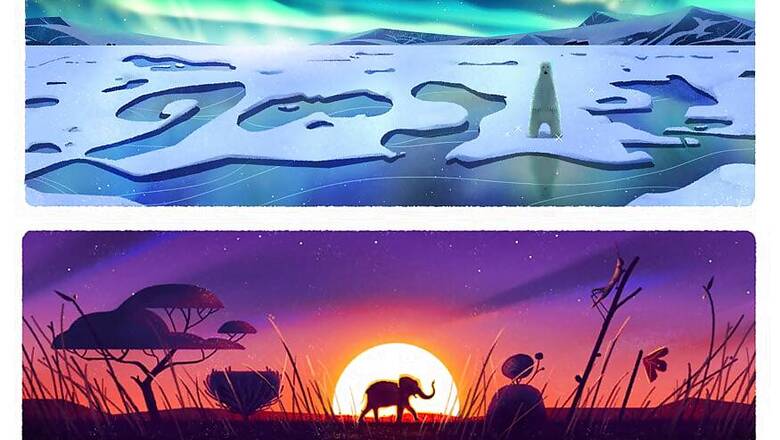
views
This year Google is marking Earth Day with a series of five doodles created by Google doodler Sophie Diao. Each of the doodles represent one of earth’s five major biomes: the tundra, forest, grasslands, desert, and coral reefs.
"In each illustration, you’ll find one animal who’s been singled out for their 15 minutes of fame," Diao says in her post describing the doodles. Each time users visit the Google home page, they will randomly see one of the five doodles.
The five doodles feature the tundra and polar bear, forest and red fox, grasslands and elephant, desert and tortoise, and aquatic/ocean, coral reef and octopus.

The first Earth Day was celebrated on April 22, 1970 and was founded by US Senator Gaylord Nelson. The original Earth Day was attended by about 20 million Americans. The Earth Day movement went global in 1990 and is now celebrated in over 175 countries across the globe. April 22 was officially designated as the international Earth Day by the United Nations in 2009.
The day is marked to raise awareness and appreciation for our planet's environment.
Google has been celebrating Earth Day through its popular doodles for the last 16 years.
In 2015, Google had posted a first of its kind doodle in the form of a quiz that told users which animal they were the closest to.
Pangolin, honey badger, cuttlefish, mantis shrimp, komodo dragon, woolly mammoth, honey bee, red-capped manakin, coral, giant squid, sea otter and whooping crane were among the results that users were be presented depending on the options they chose.

On Earth Day 2014 Google had posted a 6-in-1 animated doodle on its home page with six representatives from the animal kingdom - Rufous Hummingbird, veiled chameleon, dung beetle, Japanese macaque, moon jellyfish and puffer fish.

It was noon on a bright spring day on the Google Earth Day 2013 doodle. Clicking on the play button on the blazing sun set the day and the doodle in motion.
In 2012, Google posted a flower-themed doodle on its home page. It had an animated image of blooming flowers in purple, red and yellow colours that spell Google.
In 2011, Google went interactive for it's 11th Earth Day doodle that had in it ticklish pandas, frolicking penguins, a growling lion, a cascading waterfall, waterfall climbing fish, a fish devouring bear, birds, butterflies, a koala and a jumping frog.
In 2010, Google celebrated the 40th anniversary of Earth Day and the search engine giant transformed its logo into an illustration of a forest with sunlight filtering through the leaves creating an impression of the Google logo.

In 2009, Google went partially underwater with its Earth Day doodle to highlight the rich diversity of life in the water.
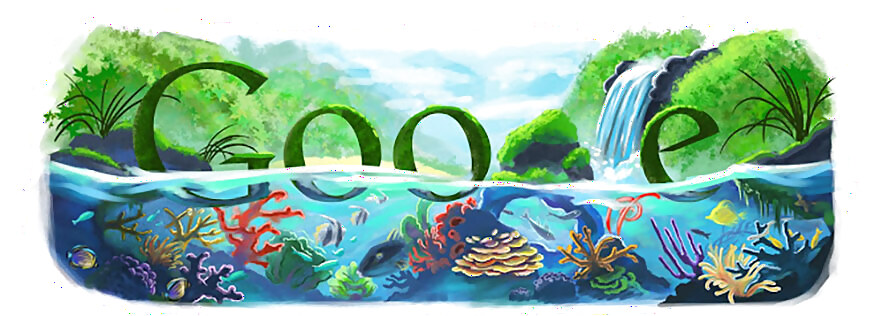
The Google logo appeared as a natural rock formation with a stream running through it for the 2008 Earth Day.
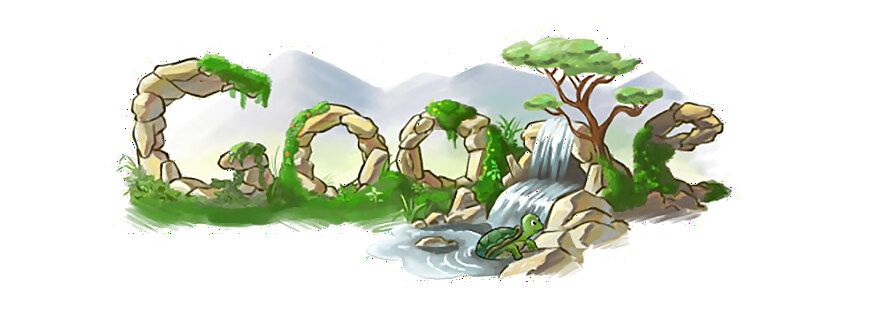
The 2007 Google Earth Day doodle had the Google logo in the form of an iceberg to highlight the melting of the polar ice caps.

In 2006 the Google logo went green for Earth Day with solar and wind energy.
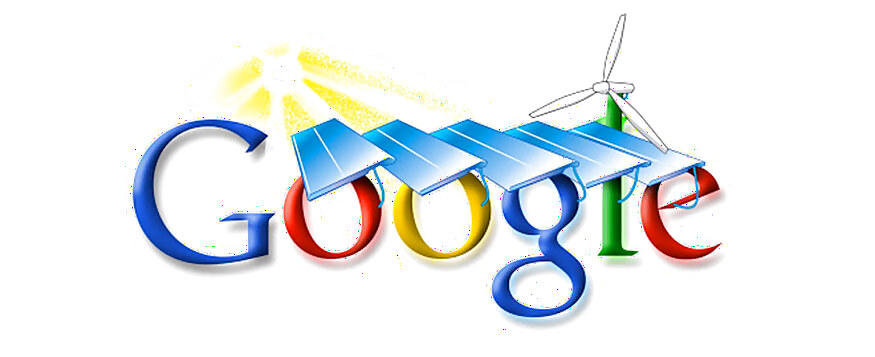
The 2005 edition of Google's Earth Day doodle has more members from the animal kingdom, including a squirrel and a bird family.

A happy fish with mountains in the background was the theme for Google's 2004 Earth Day doodle.
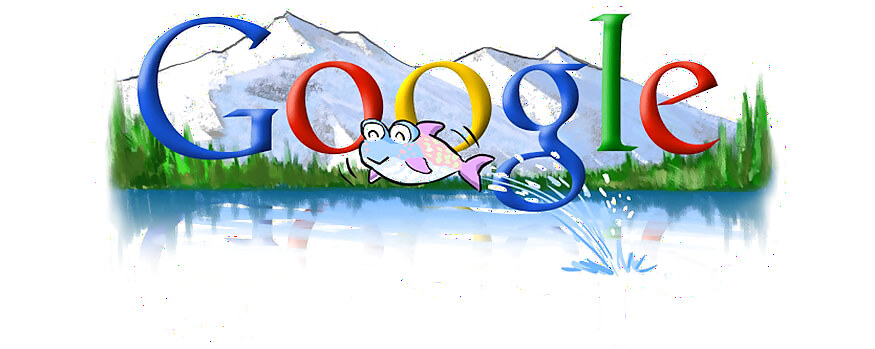
The 2003 Google Earth Day doodle had some beings from outer space. Two aliens gaze at the earth sitting atop the Google logo, quite like how lovebirds on earth look at the moon.
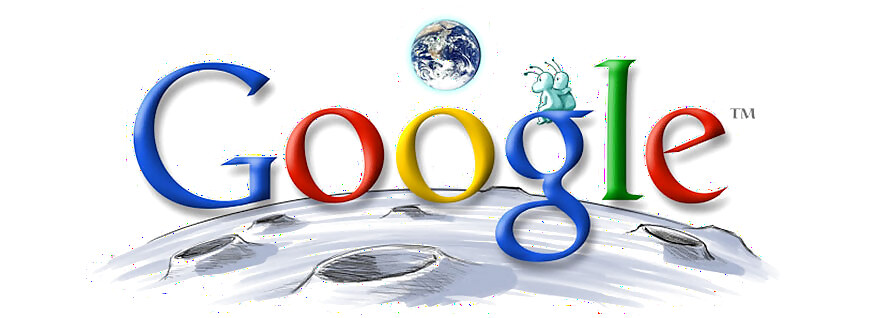
The 2002 Google Earth Day doodle did away with the two-hemispheres and replaced only one 'O' with an image of the earth but added some clouds for effect.

The first Google Earth Day doodle, back in April 22, 2001 was a simple doodle. The 'O's in the Google logo were replaced by the western and the eastern hemisphere for the earth.





















Comments
0 comment